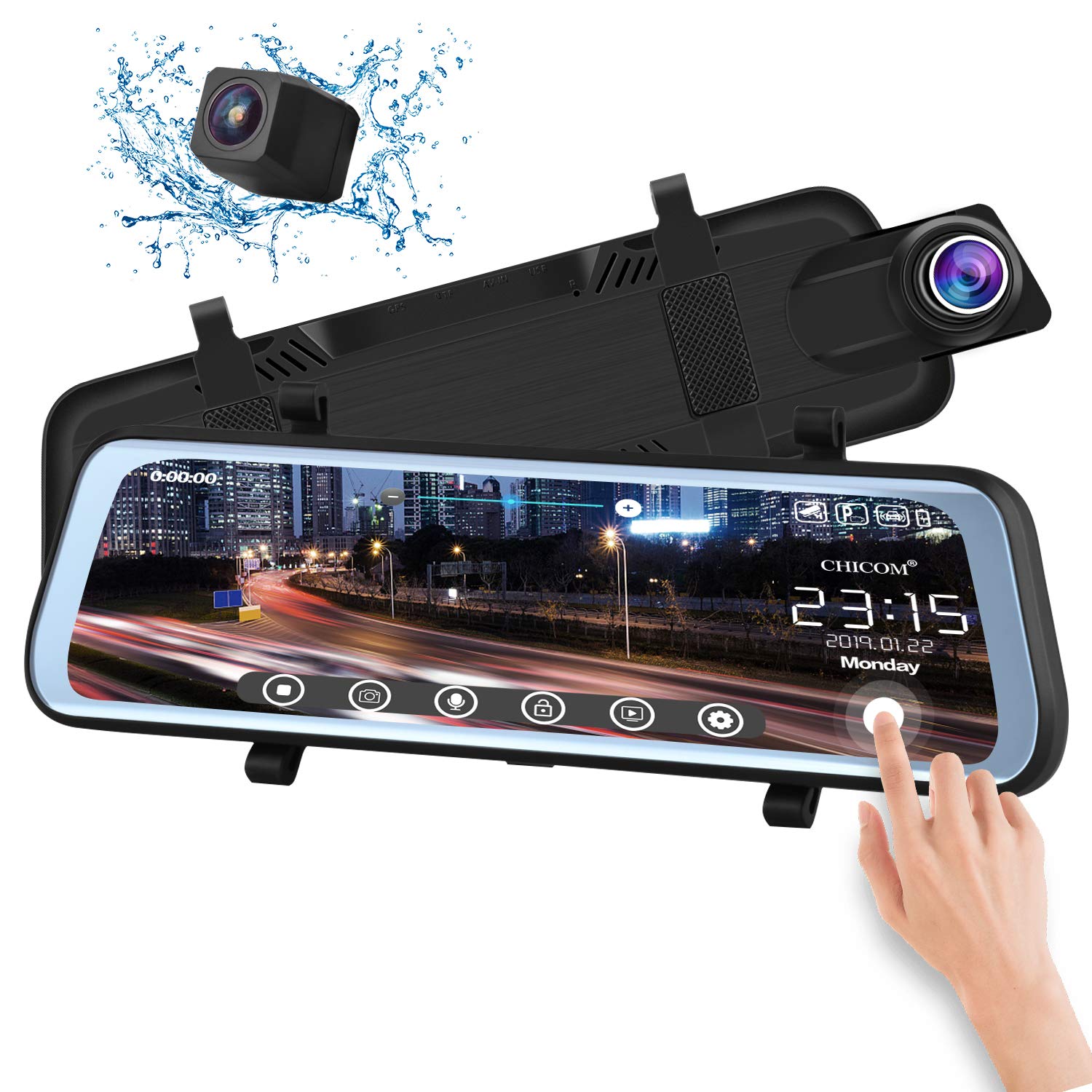Can Dash Cams Help with Hit-and-Run Incidents?

In today's fast-paced world, road accidents, including hit-and-runs, are unfortunately quite common. These incidents can leave drivers feeling vulnerable and unsure of how to proceed. That's where dashboard cameras, or dash cams, come into play. They've become increasingly popular among car owners as a valuable tool for personal safety and liability protection. Let's explore how dash cams can potentially assist in hit-and-run situations and what you need to know about them.
1. Ŀ�� Evidence: One of the primary reasons dash cams are useful is their ability to capture footage of events on the road. When a hit-and-run occurs, a dash cam's built-in camera records everything in front of the vehicle, providing crucial evidence that could be used by law enforcement to track down the responsible party. The footage often includes license plate numbers, vehicle descriptions, and even the driver's face if the event occurs near a well-lit area.
2. Insurance Claims: In case of a hit-and-run, having dash cam footage can significantly streamline your insurance claim process. Without video evidence, it can be challenging to prove liability, especially if there were no witnesses. With dash cam footage, insurers have a clear understanding of what happened, making it easier to settle claims and receive compensation for damages.
3. Preventative Measures: Dash cams also act as a deterrent for would-be hit-and-run drivers. Knowing that their actions are being recorded, potential perpetrators might think twice before attempting to flee the scene. This awareness can lead to fewer incidents overall.

4. Public Safety: Dash cam footage can contribute to public safety by helping authorities identify patterns and hotspots for hit-and-runs. By analyzing this data, law enforcement can allocate resources more effectively and implement measures to reduce these occurrences.
5. Ease of Use: Modern dash cams are user-friendly and often come with features like motion detection, auto-on/off, and loop recording, which ensures that your device doesn't fill up with unnecessary footage. Some even have Wi-Fi connectivity, allowing you to remotely access the footage in real-time or after an incident.
6. Cost-Effective: While the initial investment in a dash cam may seem significant, it can save you money in the long run. Not only do they protect against financial losses from hit-and-runs, but they can also prevent false insurance claims or disputes, which can be much more expensive.
7. Legal Assistance: If you do fall victim to a hit-and-run, having dash cam footage can provide critical support in court. Legal experts often recommend using this evidence to bolster your case and ensure that justice is served.
To maximize the effectiveness of your dash cam in a hit-and-run situation, make sure to follow these tips:
- Install the camera correctly, facing forward and capturing the main road.
- Keep the camera visible to deter potential criminals.
- Regularly check driving recorder factory and report any suspicious activity to the authorities.
In conclusion, dashboard cameras can indeed be a valuable asset in dealing with hit-and-run incidents. They provide irrefutable evidence, support insurance claims, and contribute to public safety. By investing in a reliable dash cam, you're not just protecting yourself but also creating a safer driving environment for everyone on the road. So, if you haven't already, consider adding a dash cam to your car's safety toolkit.
